Scroll of Esther | Artist Eliyahu Sidi
Flip through artist Eliyahu Sidi’s Scroll of Esther, and you’ll soon realize that you are absorbing two stories in one – the text of the ancient Purim plot detailing Queen Esther’s brave actions to thwart Haman’s plan to destroy the Jews, interwoven within a colorful, humorous storyboard of the Nazi scheme to decimate European Jewry.
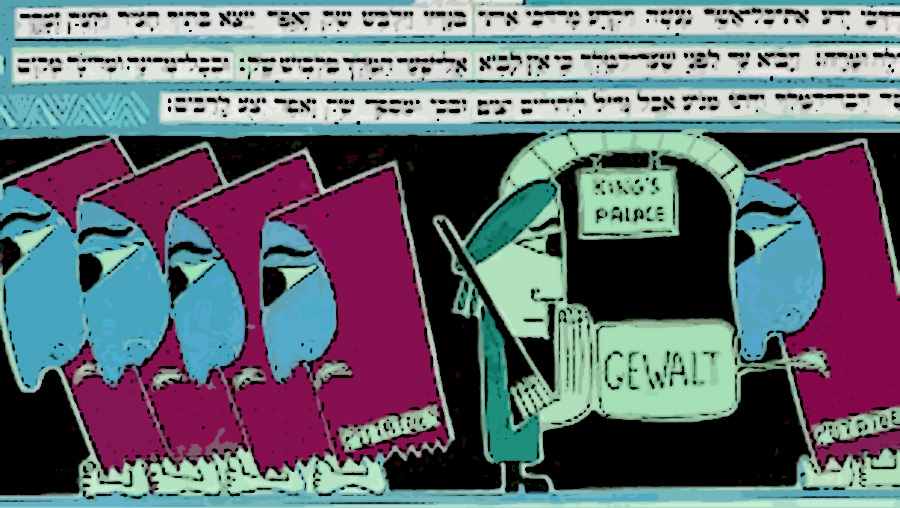
Sidi is a seasoned master at inserting biting comic relief to his oversized, whimsical characters and scenes. He pokes fun of King Achashverosh, whom he depicts with a repulsive wart protruding from his chin. This is a king who sits on a chamber pot that passes for a throne, and dons a lopsided kettle cover for a crown. But Sidi also makes sure the reader is aware of Achashverosh’s deadly nature, stamping the decree calling for the destruction of the Jews with the king’s odious face and a Nazi insignia.
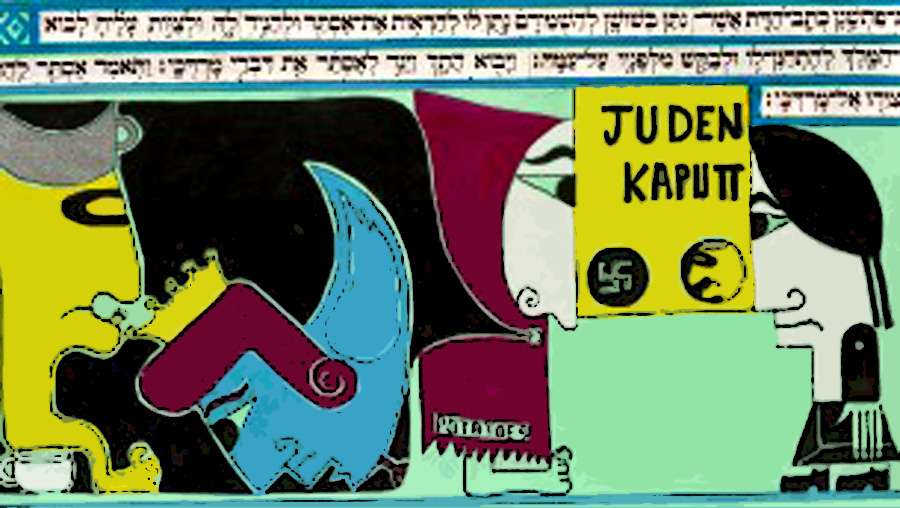
Sidi employs humor to redraw the Jewish people’s painful 2,000-year trek through the Diaspora.
In one scene, Mordechai and the Jews of Shushan – clad in jagged-edged potato sacks – ponder their impending annihilation. To drive the point home, Sidi includes a sign in Yiddish announcing “Juden Kaputt” (Jews are doomed) echoing the Jews’ recurring despair throughout their sojourn in the Diaspora.
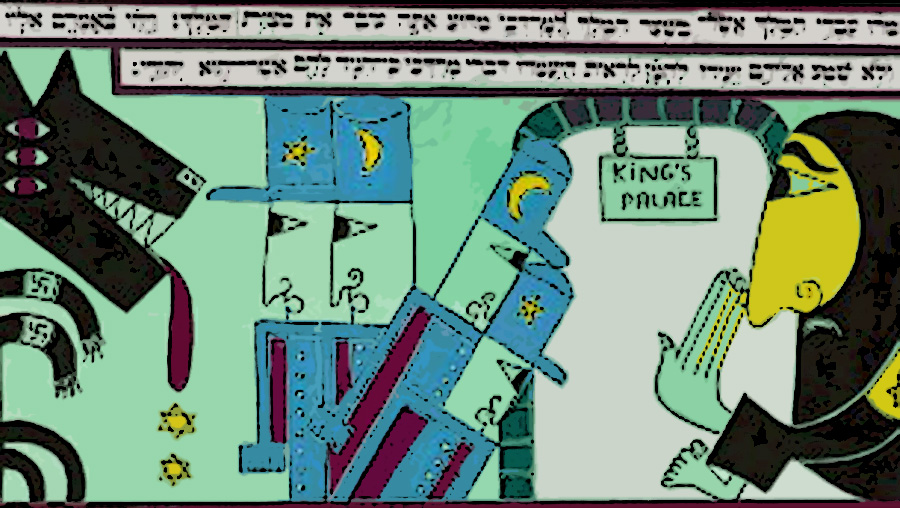
To differentiate the “good guys” from the “bad guys”, Sidi employs vibrant graphic colors to the primitive, one-dimensional figures in the story. Here, Queen Esther is reshaped into a seemingly innocent bird-like figure with a soft, blue body and purple hair. In contrast, Haman is portrayed as a dark, sly wolf sporting the Nazi emblem on his arm.
This past year, Sidi’s artwork was part of a group exhibition on naïve art at the Diaspora Museum in Tel Aviv; in 2009 his works were featured in a major exhibition at Beit Avi Chai in Jerusalem. Over the years his artworks, which blend Jewish and contemporary themes with a healthy dose of humor, have been part of some 25 shows at museums in Israel and throughout the world.
While his formidable works reflect the naïve art tradition, Sidi nevertheless has a lot to say visually about Jewish history and tradition. “Sidi’s domain is folklorist, his paintings are friendly and avoid intellectual arrogance, even while rich in wisdom,” observes Gideon Ofrat, an art historian and curator, in the catalogue for Sidi’s Beit Avi Chai exhibition.
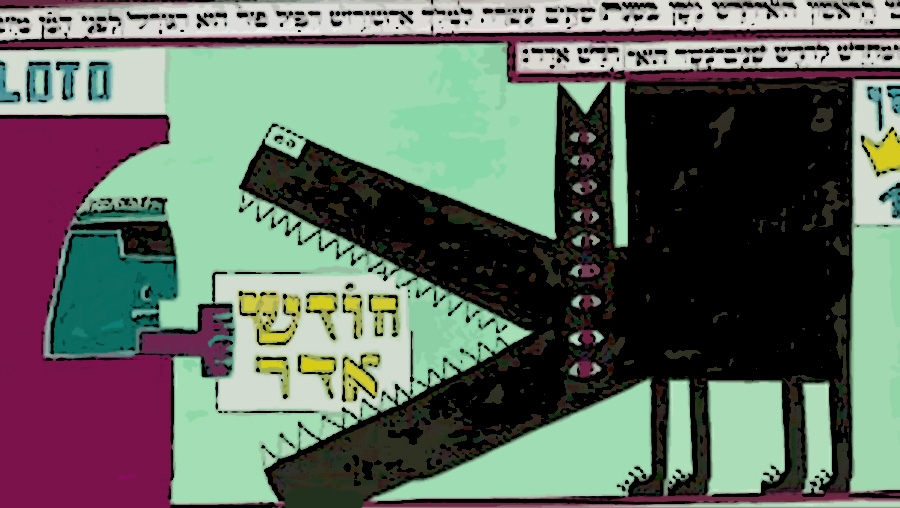
Born in Paris in 1936, Sidi and his family trudged by foot to the mountains of central France during World War II, and spent the war years there. He settled in Israel with his parents soon after the creation of the State of Israel. Yet he draws on his French roots in his Scroll of Esther, which he created 20 years ago: Sidi’s Jews of Shushan sport thin, savvy, curled mustaches; the king’s courtiers are clad with French berets, and the king’s military guards peer out from their distinctive French visor hats.
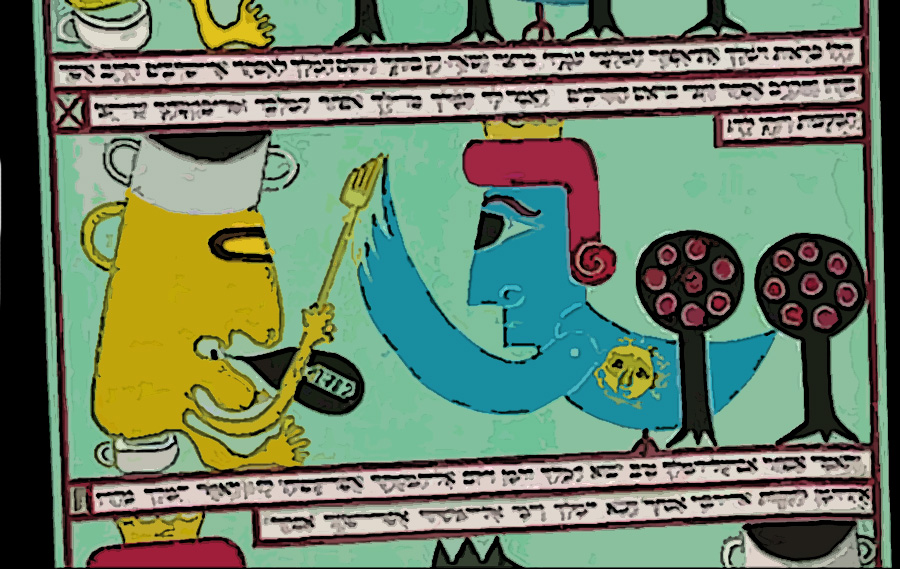
References to the modern Jewish state are sprinkled throughout Sidi’s Esther scroll. The lots cast for the fateful day of Purim are distributed from a modern Israeli Lotto booth. And the “Shushan Tribune” proclaims triumphantly: “500 killed by I.D.F.; Nuremberg trial – 10 hanged”.
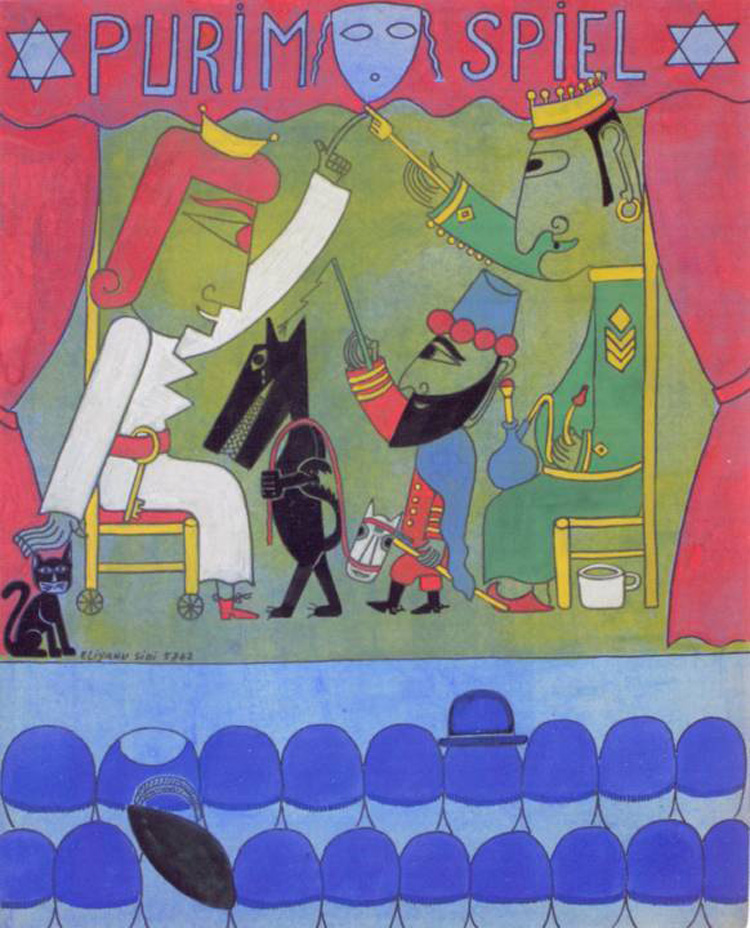
Throughout Sidi’s Scroll of Esther, there is plenty of visual comic relief to soften the narrative of near-disaster for the Jews. Perhaps Sidi intuitively knows it’s the only way to redraw the Jewish people’s painful 2,000-year trek through the Diaspora.
Artwork © Eliyahu Sidi, 2012
—————————————————————————————–
for more information and to order the sculpture click here
——————————————————————————————–
DONATE to TORAH-ART PROJECT through Return to Zion Community
————————————————————————————–
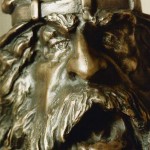
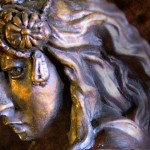
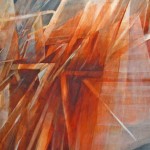
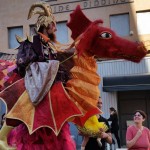
comments